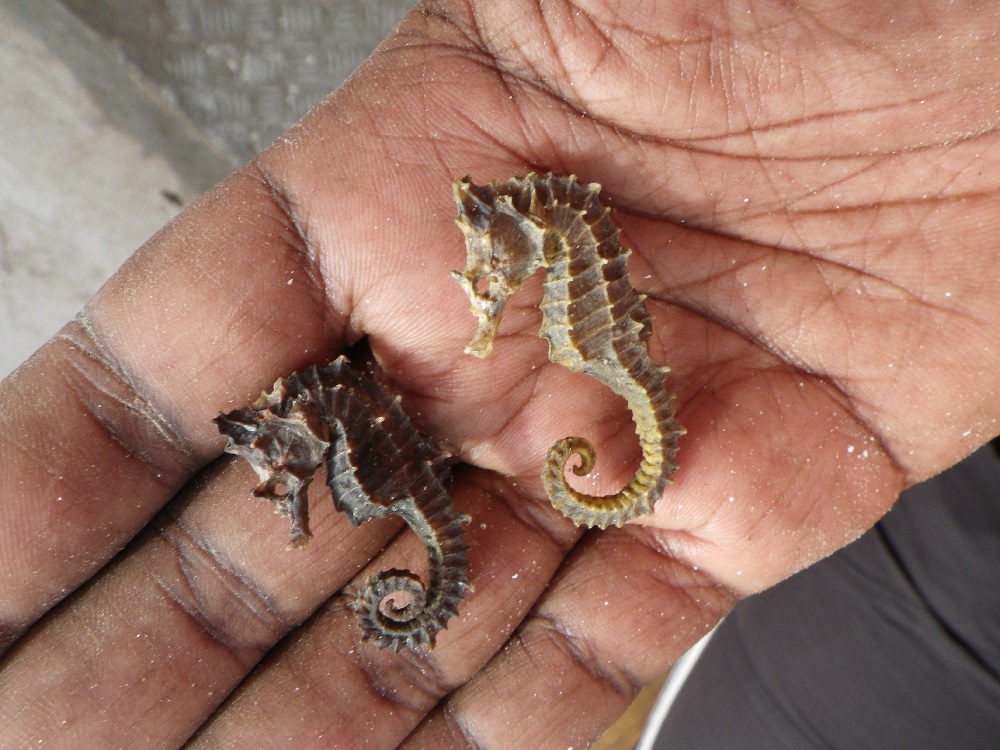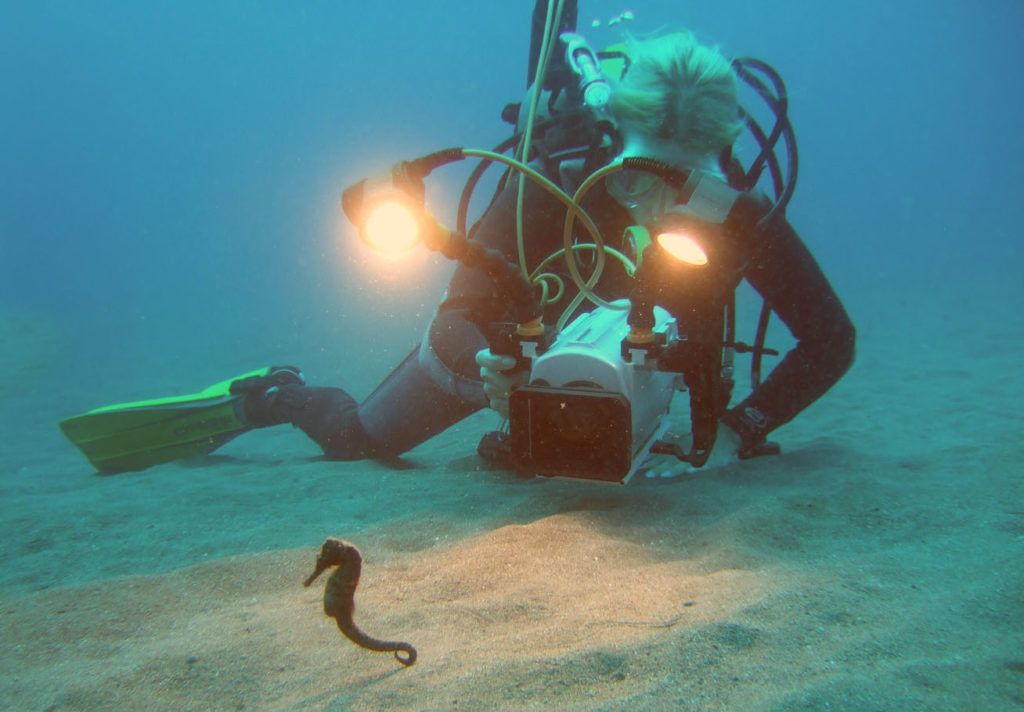Fighting the seahorse trade in Vietnam
We have funded a ground breaking study to protect millions of seahorses.
Monitoring illegal trade
The Convention on International Trade in Endangered Species of wild Fauna and Flora (CITES) is a vital international tool that can be used to ensure that trade in wildlife does not threaten wild populations. It’s a complicated issue because sometimes listing a species as the most threatened status can backfire. Appendix 1 is for species that are so endangered that any trade in them is forbidden. Unfortunately that often pushes the trade underground and it’s impossible to monitor. It can be a better strategy to list a species on Appendix 2. That means a country is obliged to monitor wild populations and regulate exports to ensure that trade is sustainable.

S Sometimes CITES member countries that are obliged to regulate their trade in particular animals do not fulfil their obligations. In a precedent-setting move, CITES decided in 2013 to ban exports of a seahorse species from Vietnam for just this reason; it was the first such global ban for any marine fish under any international agreement. PTES gave funds to pioneering wildlife organisation Project Seahorse, to support the government of VietNam in moving its trade toward sustainability. Project Seahorse has led all CITES work on seahorses for 20 years and also acts as the hub for the IUCN SSC Seahorse, Pipefish and Seadragon Specialist Group.
Gathering evidence
Trade survey findings were worrying, but also highlight the importance of working with countries where trade in various wildlife species is high, to ensure that they get it right. The team at Project Seahorse carried out 146 interviews across eight provinces to gather information how many seahorses are still being fished, many as by-catch; to learn more about the captive breeding trade and their biology.
16.7 million seahorses were caught in one province in just one year
According to CITES data two-thirds of live trade between 2005-2014 went to the USA, 11% to France. Many fishers reported a decline in the number of seahorse they were catching, and also a decline in the size of animals, which could reflect a dwindling population. Numbers are worrying: evidence from the southernmost province, Kien Giang suggested that 85% of the total national catch is fished in that region with roughly 16.7 million individual seahorses reportedly caught there each year. And even though there is a growing development of the aquaculture trade, which aims to reproduce the seahorses in captivity, thereby removing the pressure from the wild population, they still depend on wild caught parents to produce the young.
A brighter future

Although these figures all seem alarming, it is important to have this information to hand to begin to tackle the problem. Now that Project Seahorse has collected all the evidence, it will be working with the Vietnamese authorities to help them fulfil their duties under the convention and address this worrying trade.
Thank you for helping us fund this vital fact-finding work, ensuring seahorses have a future in Vietnam.
Donate today to support more conservation success stories.
